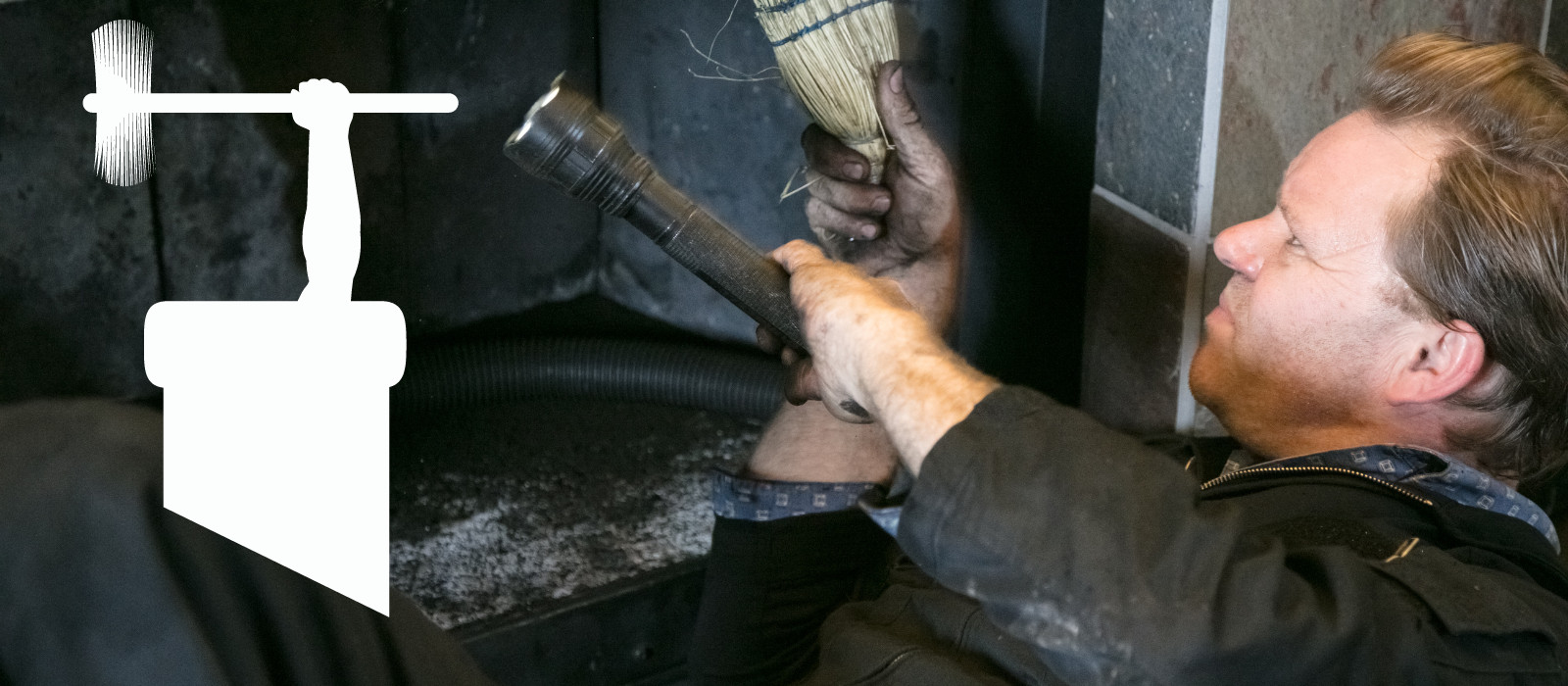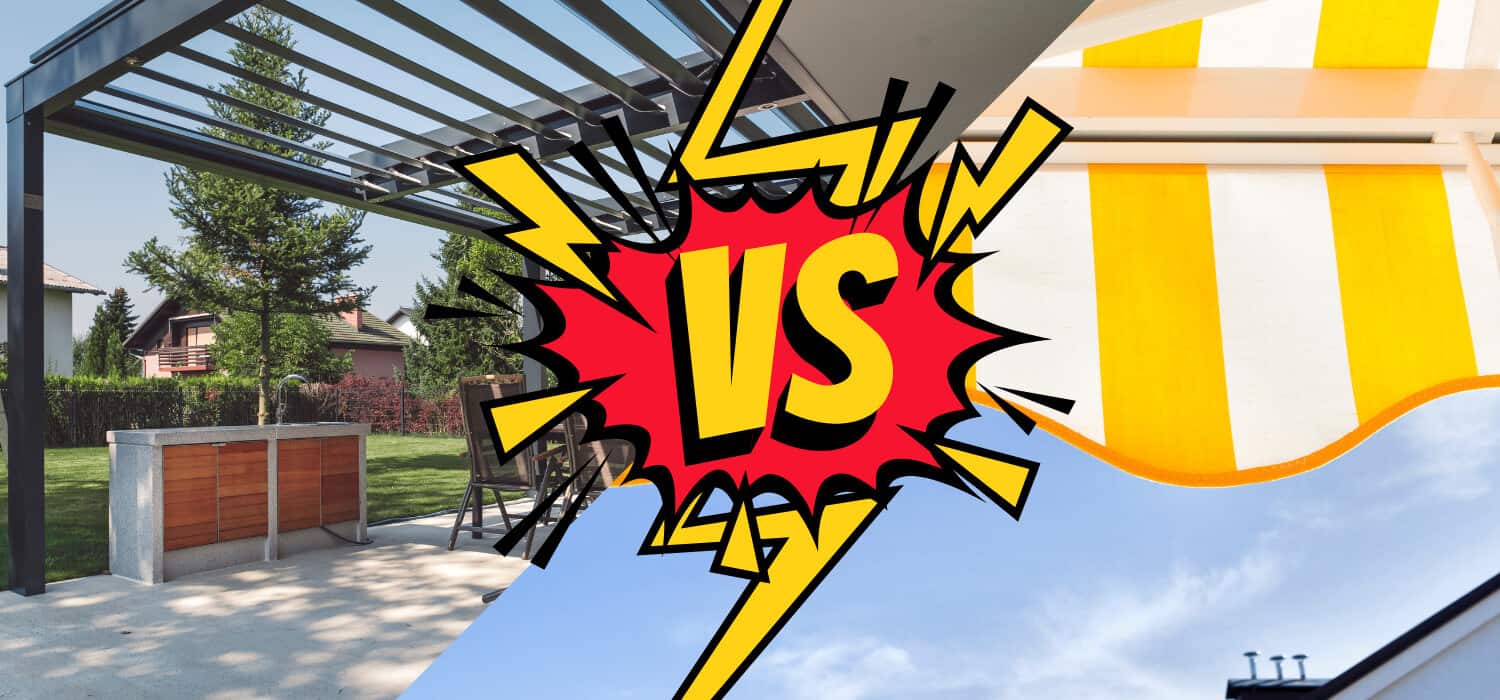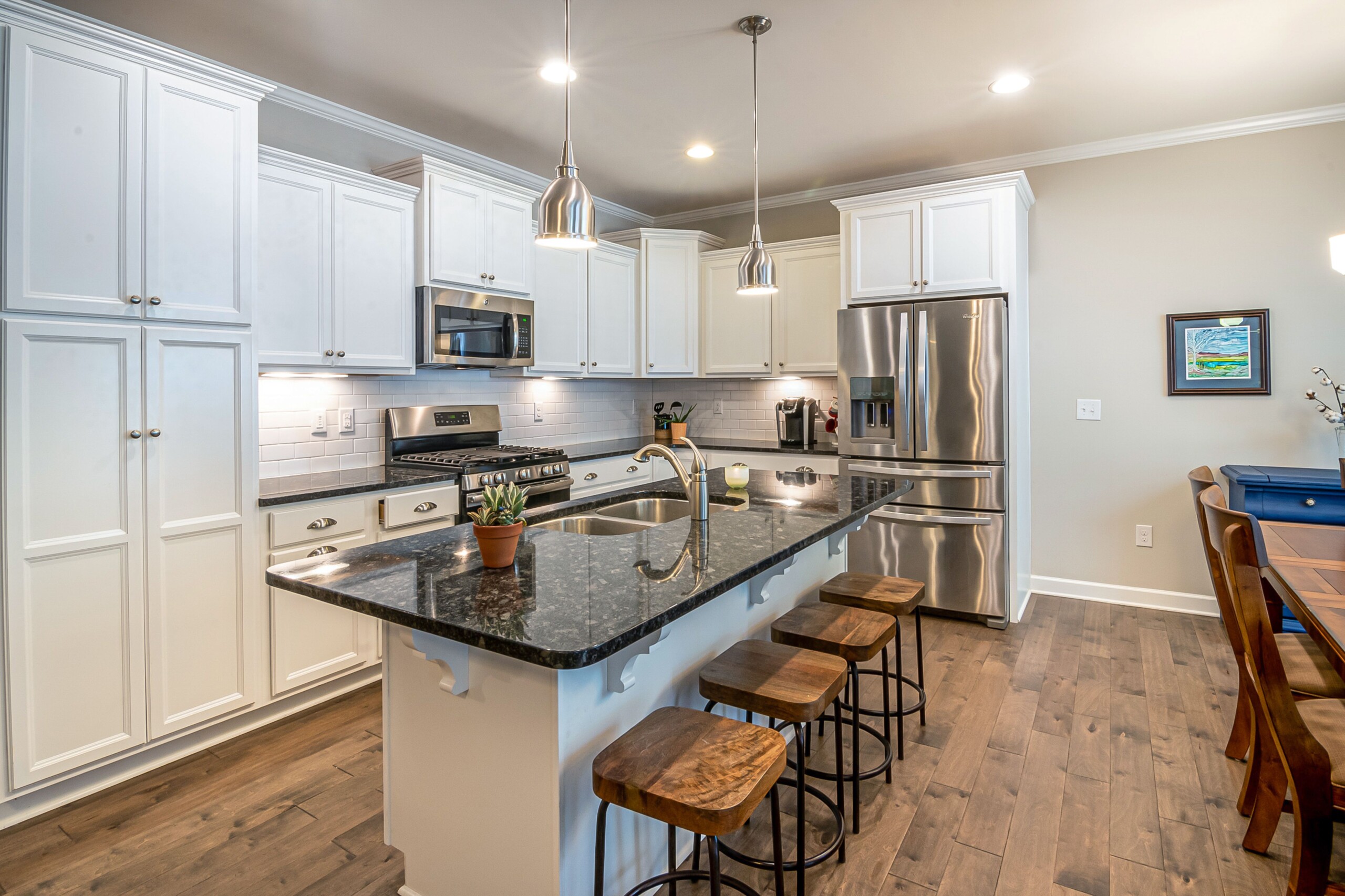Regular chimney maintenance is a crucial aspect of home safety that can prevent hazardous conditions and costly repairs. The condition of your chimney directly affects the safety and air quality in your home, as a clean chimney helps minimize the risk of chimney fires and carbon monoxide poisoning. Therefore, it’s vital to schedule chimney cleaning at appropriate intervals to ensure that your fireplace functions efficiently and safely.
So, what sort of schedule should you keep?
Chimney cleaning is recommended at least once per year, generally before the colder months begin when you are more likely to use your fireplace. It is important to be proactive about this maintenance task to reduce the buildup of creosote, a highly flammable residue that accumulates in your chimney each time you light a fire. The National Fire Protection Association (NFPA) suggests an annual inspection to determine the need for cleaning and necessary repairs.
A professional chimney sweep has the knowledge and tools to thoroughly clean and inspect your chimney. While some may opt to clean their own chimneys, it’s essential to consider the safety implications and the difficulty of the task. Hiring a qualified professional ensures that the job is done correctly and that any potential issues are identified, ensuring the safe operation of your fireplace throughout the year.
But if you feel confident in doing it yourself, you’ll want to examine the state of your chimney to see if you’re really up to the task.
Recognizing the Need for Chimney Cleaning
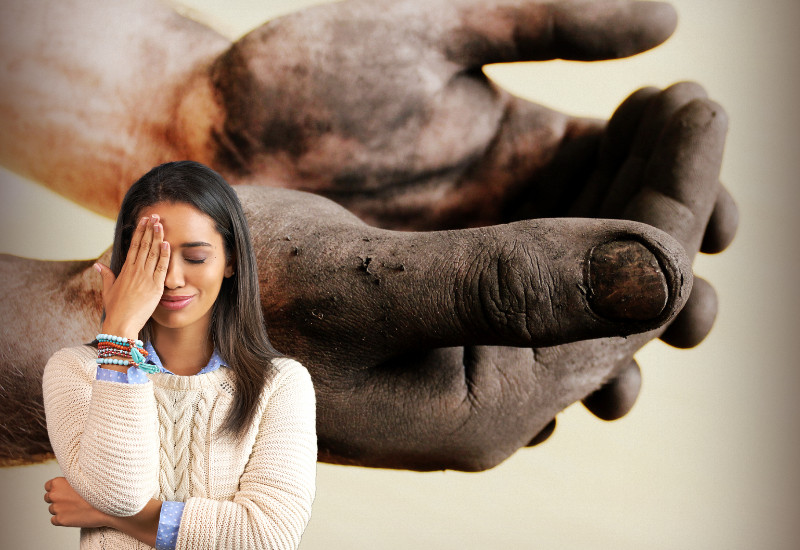
Regular chimney maintenance is essential for preventing dangerous creosote buildup and ensuring there are no blockages that could lead to chimney fires.
Identifying Creosote Buildup
Creosote is a byproduct of burning wood that accumulates in your chimney. It presents in three stages:
- A light, fluffy layer that can easily be brushed away.
- A honeycomb-textured layer that requires more effort to remove.
- A thick, tarry glaze that is highly flammable and necessitates professional removal.
To check for creosote buildup, examine the inside of the chimney with a flashlight. A quarter-inch buildup of creosote warrants a cleaning to mitigate risks of a chimney fire.
Watching for Chimney Blockages
Chimney blockages can pose serious risks. Blockages are often due to:
- Debris: Broken-off pieces of mortar or bricks, leaves, or nest materials fall into the chimney, potentially causing an obstruction.
- Animal Intrusions: Animals can build nests that block the chimney flue.
Indications of blockages include:
- Smoke entering your room instead of exiting up the chimney.
- Unusually poor draft in the fireplace, causing fires to burn sluggishly.
- A noticeable odor suggesting trapped moisture or soot.
To ensure safe operation, your chimney should have a clear passageway. If you notice any signs of blockage, schedule a professional inspection and cleaning to clear out debris and reduce the risk of home fires.
Choosing a Chimney Cleaning Method
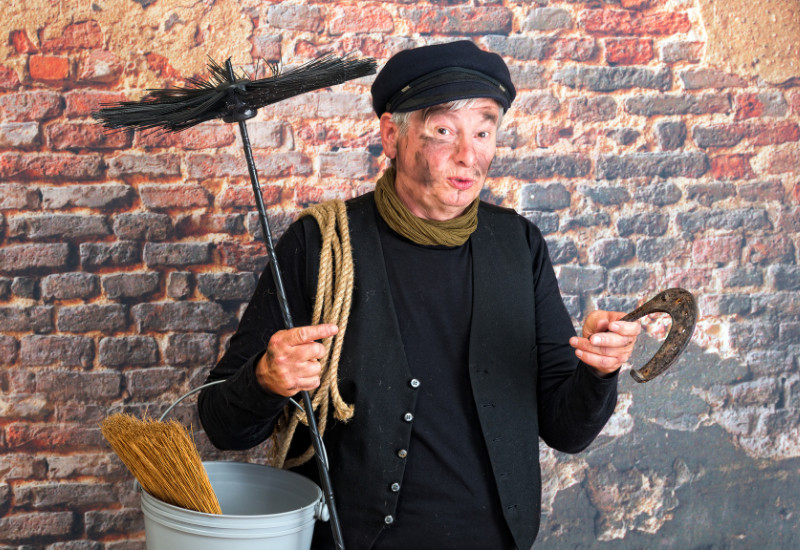
Selecting the right chimney cleaning method is crucial for maintaining chimney safety and efficiency. Your choice should be based on the condition of your chimney and your personal capabilities.
Professional Chimney Sweep Options
When you opt for a professional chimney sweep, you’ll have access to a range of services that ensure a thorough clean. Professionals typically utilize:
- Inspection: An initial assessment to determine the level of buildup and check for any structural issues.
- Brushes and Rods: Flexible rods with specialized brushes to clean the length of the chimney flue.
- Vacuum Systems: To contain soot and debris, minimizing the spread within your home.
- Chemical Treatments: Sometimes used to treat and remove more obstinate creosote deposits.
Professionals are equipped to deal with various types of creosote and debris safely, which is a key aspect of chimney maintenance.
DIY Chimney Cleaning Techniques
If you’re considering a DIY approach to chimney cleaning:
- Assessment: Begin by assessing your chimney for creosote buildup. A flashlight can help you inspect the flue liner.
- Selection of Tools:
- A chimney brush that matches the size and shape of your chimney.
- Extension rods to reach the entire chimney length.
- A dust mask and goggles for personal protection.
- Drop cloths to keep your area clean.
- Cleaning Process:
- Ascertain proper brush attachment and start from the top or bottom of the chimney.
- Exercise caution and systematically sweep the sides, dislodging soot and creosote.
Note: If you are not confident in your ability to safely and effectively clean the chimney, consider hiring a professional. DIY is cost-effective but safety should always come first.
Safety and Prevention Strategies
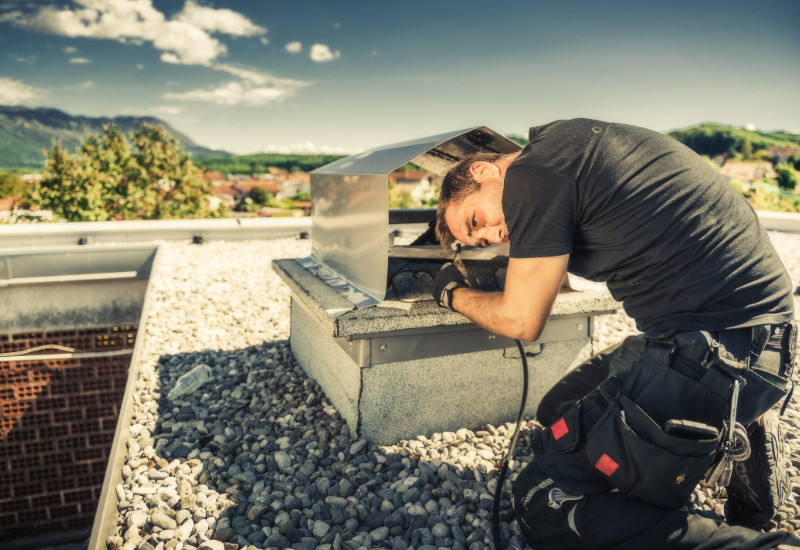
Regardless of who cleans the chimney, there are plenty of things you can do to extend the time between cleanings. To ensure safe operation of your fireplace and chimney, incorporating reliable safety features and adhering to a schedule for routine inspections are vital steps.
Installing Safety Features
Chimney Cap: Your safety strategy should commence with the installation of a chimney cap. This simple addition serves multiple purposes – it prevents animals from nesting and blocks debris from clogging the chimney. Importantly, it also prevents embers or sparks from escaping, which can reduce the risk of a fire hazard.
Flue Liner: Equally critical is the integrity of your flue liner. Its role is to provide a smooth, heat-resistant lining within your chimney, facilitating the efficient passage of dangerous combustion byproducts, including carbon monoxide, out of your home. A damaged flue liner can pose significant fire and health hazards.
- Check for any visible deterioration or signs of wear.
- Ensure proper seal and fit to prevent escape of harmful gases.
Routine Chimney Inspections
Level 1 Inspection: At a minimum, conduct a Level 1 inspection annually. This will check for:
- Accumulation of soot and creosote that can lead to chimney fires
- Structural soundness of the chimney system
- Any obstructions or blockages
Advanced Inspections: If you notice any issues, or if your chimney experiences heavy usage, consider more thorough inspection levels—Level 2 or 3—as recommended by The National Fire Protection Association (NFPA). These can detect hidden problems and ensure the continued safe operation of your chimney.
Damper Inspection: Regular checks of your damper are also important. The damper must seal properly to prevent heat loss when the fireplace is not in use, but it should also open smoothly to vent smoke effectively during use.
Reminder:
- Inspect safety features regularly, and replace or repair as needed.
- Schedule your chimney inspection and cleaning once a year, but increase the frequency if usage is high.
Maintaining Your Chimney through Seasons

The health of your chimney directly impacts your home safety and heating efficiency. Regular maintenance and seasonal preparations are necessary to ensure proper function and to avoid hazards such as house fires due to chimney-related issues.
Summer Maintenance Tips
Summer is the ideal season for chimney cleaning and inspection. It’s important to remove creosote, a flammable substance that builds up in your chimney, before it can cause a house fire. During the summer:
- Inspect your chimney for signs of damage or obstruction.
- Schedule a professional chimney cleaning to remove soot, debris, and creosote.
- Confirm that your firebox is clean of ashes and residue.
Winter Preparations for Chimneys
Winter demands a fully functional chimney. To ensure your chimney is prepared for increased use:
- Check that your chimney’s cap or crown is intact to prevent water from entering.
- Ensure the damping system is operating correctly for efficient heating and smoke release.
- Protect your chimney from moisture to avoid mold build-up and masonry damage.
By following these tips and undertaking consistent maintenance, you maintain your chimney’s integrity and safeguard your home throughout the year.

